Learning letter sounds is one of the first steps in learning to read. And while most consonant sounds come easily to kids, vowel sounds can be an entirely different monster. For one, vowel sounds are not “felt” as much in the mouth as most consonant sounds, making it harder for kids to hear them. This is evident in kids’ invented spellings, such as VN for van. Vowel sounds can also be spelled several different ways, making reading and spelling them tricky {even for some adults}.
Today, I’m taking a bunch of readers’ questions about teaching vowel sounds and combining them to share some tips for teaching vowel sounds. If your young reader {or struggling reader} is stuck on learning vowels and vowel patterns, I hope that this post will bring some clarity.

*This post contains affiliate links.
{Update: This became a much longer post than I first intended it to be. 🙂 My best advice is to skim through the questions, which are in bold print if you have a specific question that you’d like answered. If you have another question related to teaching vowel sounds, please feel free to leave a comment.}
Tips for Teaching Vowel Sounds
Please note that my answers may not be your answers and that’s okay.
My goal in teaching vowel sounds is two-fold:
1- to teach in a developmentally appropriate way and
2- to teach the most common vowel patterns first because these are most needed for kids in their reading and spelling.
How do I know my child is ready for vowel sounds?
Answer: Just like there are reading readiness signs, there are also signs that a child is ready to learn more about vowels. Children are typically ready to start hearing vowel sounds after they can hear beginning and ending sounds in words consistently.
My favorite way to find out what sounds kids hear in words is to closely watch them spell {or misspell} simple CVC words. They will begin trying to include the vowel in words. Often times, they may use the wrong vowel, if left to spell independently {such as FEN for fan} and that’s okay.
This is a sign that they can hear that something comes in between the F and N and helps you know they are ready to learn more about them. I always celebrate this moment as a a teacher because this is a BIG step for many young learners.
Where do I start with teaching vowel sounds?
Answer: Short vowel sounds are much more consistent in their spellings makes them the perfect place to start. This is especially true if you explore the short vowels through word families.
Our Short Vowel Sounds Resource Pack includes wall charts, book marks, and a printable chart to help kids learn their short vowel sounds.
How do I teach short vowel sounds?
Answer 1: Start with word families…one at a time.
You can read more about word families and how effective they can be for beginning readers. Learning word family patterns helps kids to see that words’ spellings are connected; and because they can read or spell one word, they can read or spell other words. For example, if kids can read and spell cat, they can read and spell other words like rat, mat, hat, fat, or even that and flat. This is very powerful.
Word families are also very predictable in spelling as well as vowel sound. For example, the a sound in cat is different than the a sound in can {at least where I’m from}, but -at words all share the same a sound and the same -at spelling, making it easier for kids to learn.
The key is introducing word families one at a time, especially at first. Once a child is comfortable with that family, move on to a new word family.
You can find some of the beginning word family work we do in Reading the Alphabet.
Once kids have a few word families under their belt, start mixing them up. I did this with the printables I made for the BOB Books, Set 1. The Measured Mom also has some fantastic Short Vowel Word Family Mats and Short Vowel Word Family Houses that work well for teaching kids short vowel word families.
Answer 2: Some kids don’t respond well to the chunking part of learning word families, such as f+at. Marie, of All About Learning, shares that drawing attention to the word families chunks can actually confuse some children, especially if they are showing signs of dyslexia.
So if word family chunks aren’t working, use word families without drawing attention to the chunk that they all share. For example, instead of reading fat like f + at {chunking the -at separate from f}, kids could sound it out f – a – t {as three separate sounds}.
For struggling spellers and readers, it helps once again to stick with one word family before moving on to other word families. Some of my favorite resources for kids learning to sound out those short vowel CVC words are our Sound it Out Strips and The Measured Mom’s Short Vowel Mats.
If your child continues to struggle with sounding out simple short vowel words, the ideas in my post, Helping Kids Sound Out Words, might be helpful for you.
When do kids start reading longer short vowel words?
Answer: As kids are becoming comfortable with short vowel CVC words and moving out of needing them in word families, they are typically ready to start spelling words with blends and digraphs in them. These include words such as clam, step, bath, or tent. {If these terms are new to you, be sure to visit my blends and digraphs post.
Have you seen these free resources that include blends and digraphs?
- Blends/Digraphs Chart
- Ending Blend Clip Cards
- digraph card games
- Blend BINGO
- MEGA pack Blends & Digraphs Game Boards.
- The Measured Mom also has a huge pack of Word Slider cards, which include short vowel words with blends and digraphs.
What do I teach after short vowel words?
Answer: Once kids are comfortable with short vowels with simple blends and digraphs, you may be tempted to move on to long vowels. But there are a couple more “stops” you can make before you arrive at long vowels. While it isn’t “wrong” to move to long vowels, some kids aren’t ready for that step just yet and that’s okay.
Two extra “stops” you can take are:
1. Teaching kids words that have blends and digraphs at the beginning AND end of words. Instead of a simple word like dump, work on reading and spelling words like stump or thump.
Our Short Vowel Spelling app does this with short vowels, starting with word families, moving to short vowel words with one blend or digraph and then challenging kids with longer short vowel words.
2. Teaching kids the bossy r patterns, which are ar, er, ir, or, and ur. Compare them to the short vowel words they already know, like the sorts at the end of Words Their Way’s Letter-Name Alphabet Spellers supplement book.
My child is not understanding the CVCe {long vowel} pattern. What do I do to help him get it?
Answer: Before you introduce words with long vowel patterns in them, sometimes it can be a great idea to just listen for sounds in long vowel words versus short vowel words.
Our Long Vowel Listening Game Pages are the perfect way to get kids listening for the long vowel sounds they hear in words.
It can help by teaching kids long vowel patterns by word families. The -ake family is one of my favorite word families to start with because you can spell so many words with it. I have an older post that shows a few ideas for introducing long vowel families specifically with the -ake family. The Measured Mom also has a set of Long Vowel Word Family Mats, starting with CVCe words and moving to other long vowel patterns.
There are lots of long vowel patterns. Is there an order in which I need teach them?
Answer: Some long vowel sounds are not as common as others. For example, the ui pattern is not as common as the ew pattern for long u vowels. The best place to start is with the most common long vowel patterns because this is what kids see more in books and need more in their spelling.
Typically, I start with the CVCe patterns, like the ones in our Long Vowel Spelling Game. If I had to break it down, this is how I introduce long vowel patterns {give or take}:
- CVCe patterns {a_e, i_e, o_e and u_e}
- Very Common Vowel Patterns {ee, ea, ai, oa, igh, etc.}
- Common Vowel Patterns {ay, ue, ie, ow, long oo, ew}
- Less Common Vowel Patterns {ui, ei, final y etc.}
Do I need to teach any other vowel patterns beyond short vowels and long vowels?
Answer: Yes. Like the bossy r patterns, there are other vowel patterns that are needed for reading and spelling. They include patterns like oo {in the word foot}, au, aw, ou, oi and oy. Besides the oo pattern, many of these are less common and could be taught alongside the less common vowel patterns.
More Resources for Teaching Vowel Sounds
- Phonics Book Series {from The Measured Mom}
- BOB Books {check out all our FREE Printables and Lesson Outlines/Lesson Plans}
- Words Their Way – love their supplement books
- All About Spelling
- Short Vowel Word Study
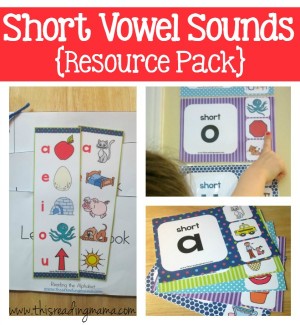

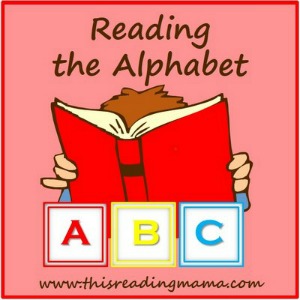
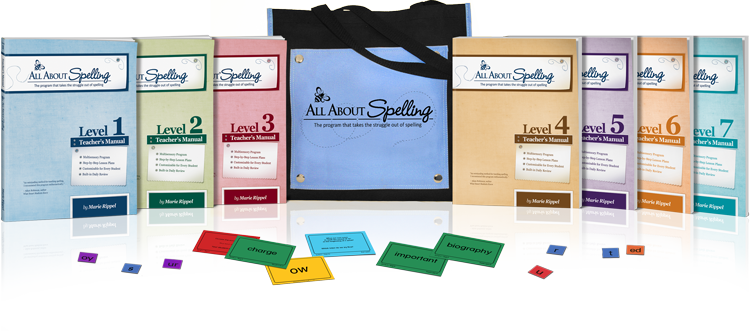
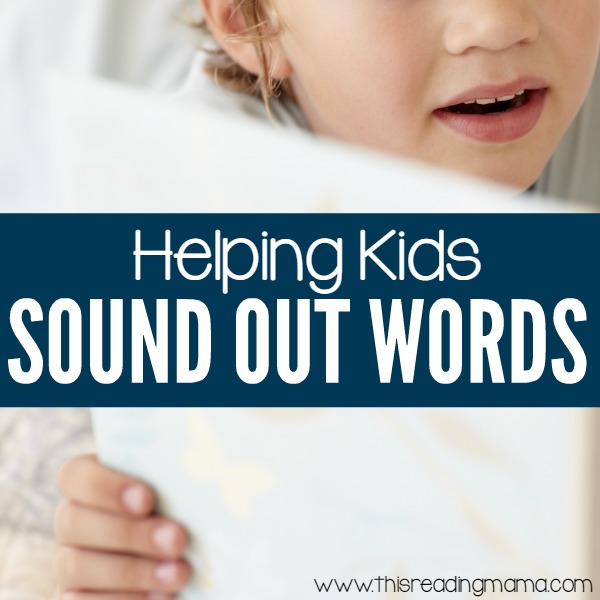
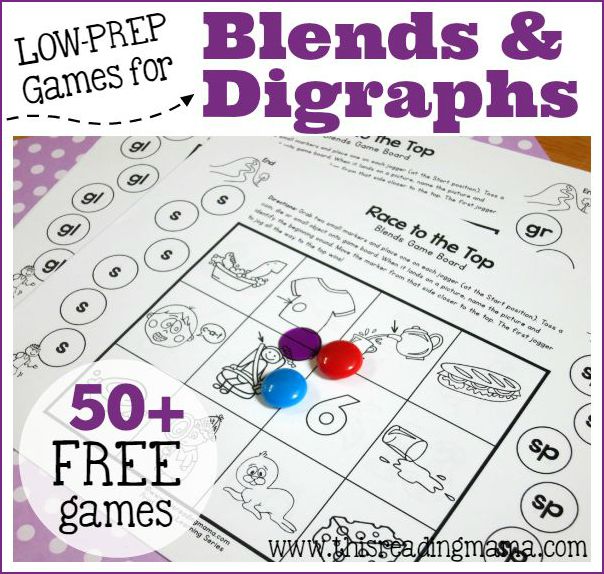
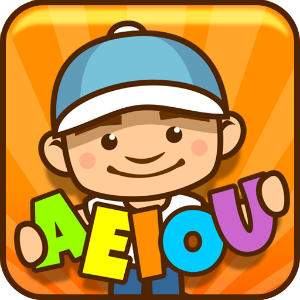
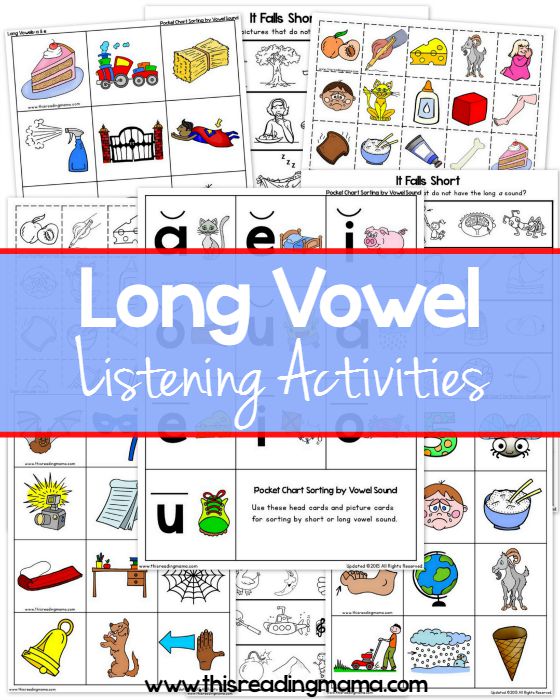
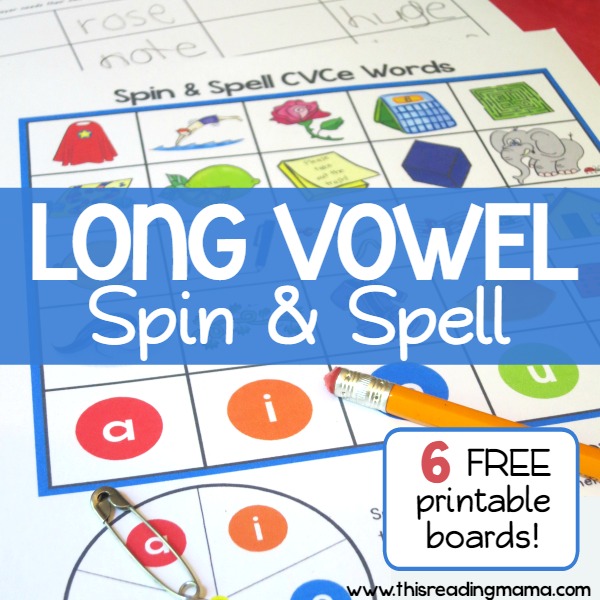
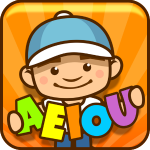
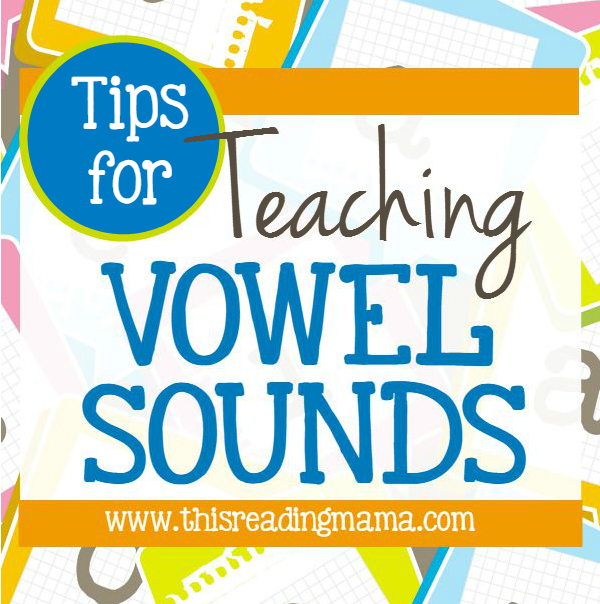
This is a very thorough post on Teaching Vowel Sounds! I’d love for you to share it at my Homeschool Memo Blog Hop! Or share any homeschool post/s you like. Thanks 🙂
i suggest a comprehensive lesson plan on vowels
This can help many teachers to teach both adults and children
Thanks for sharing such an amazing blog.